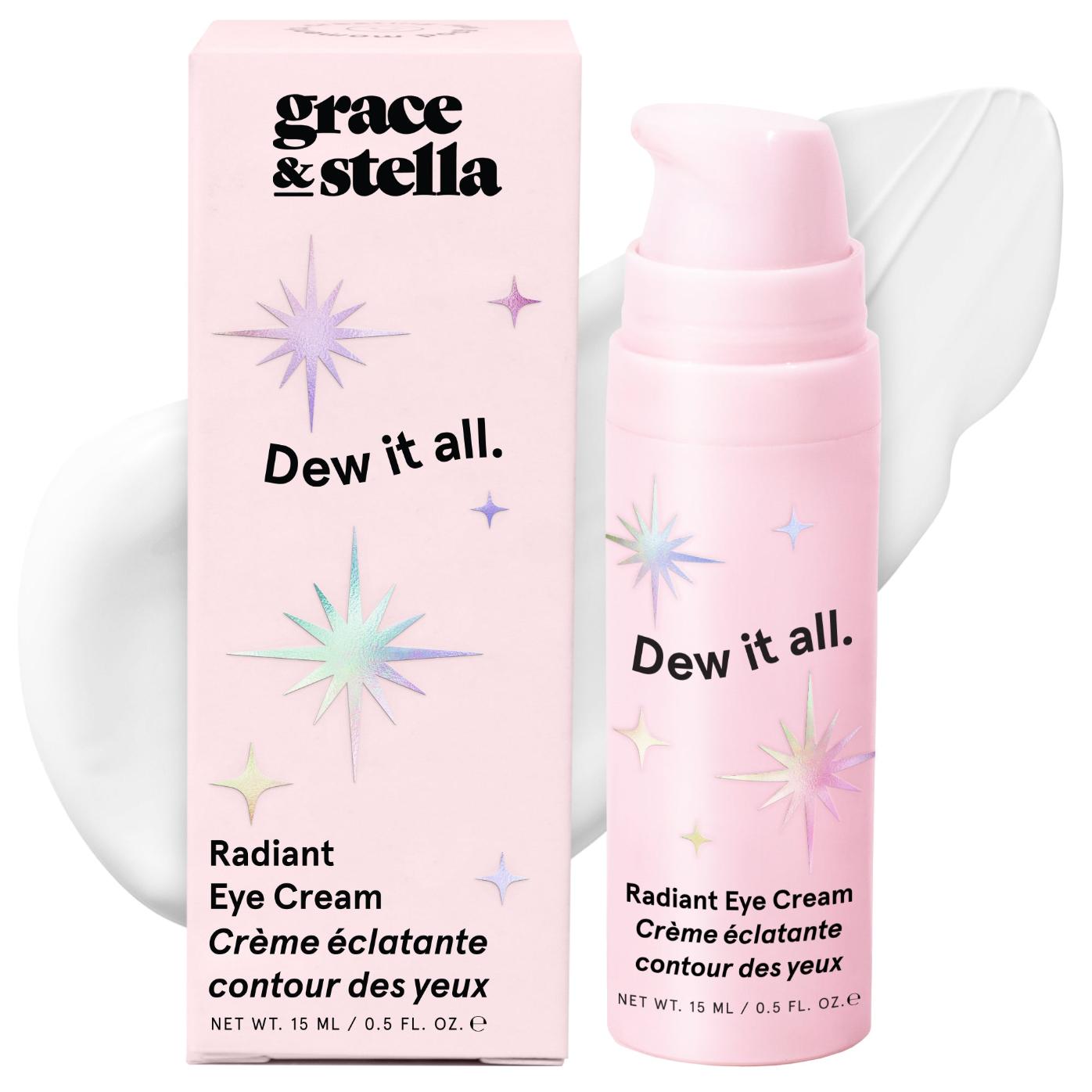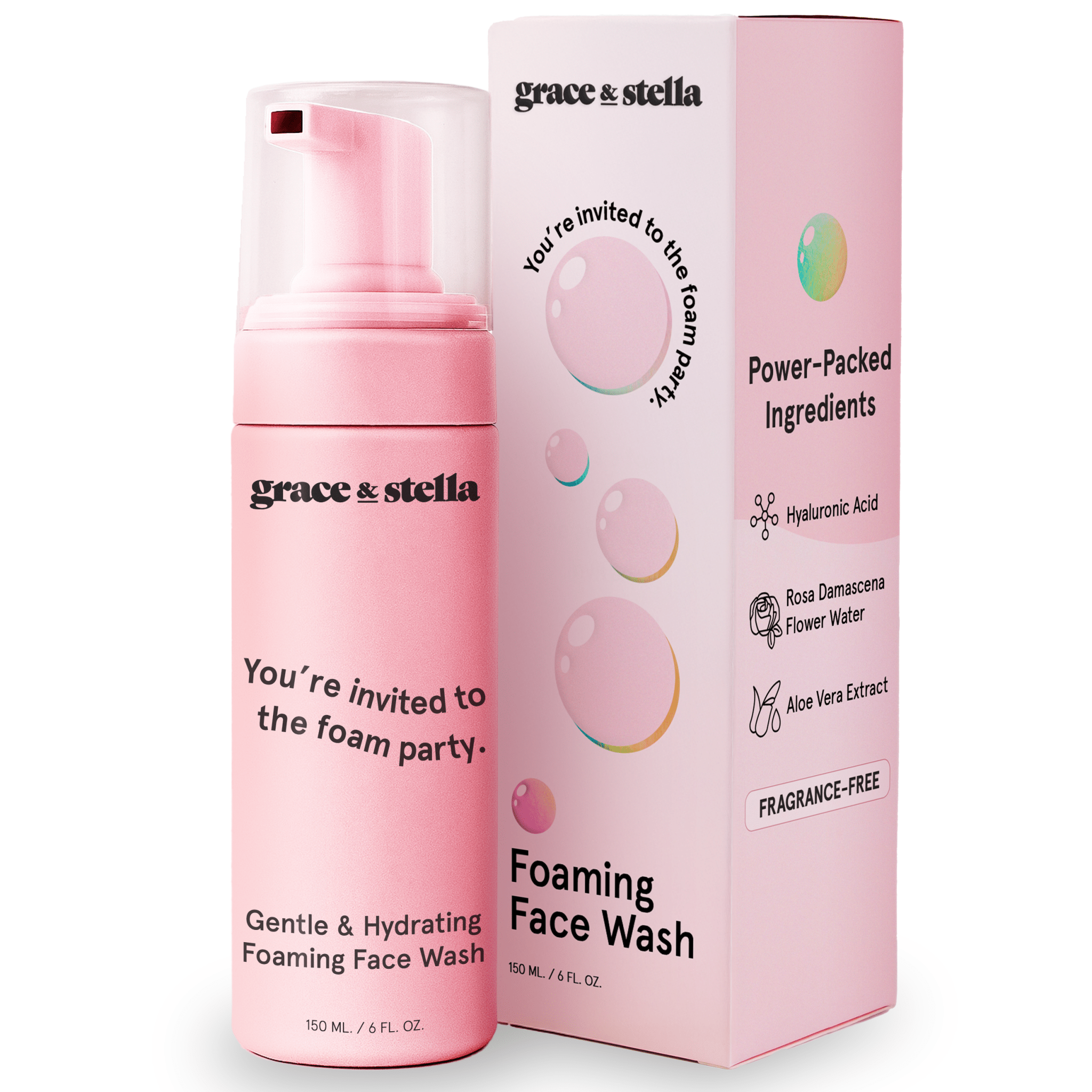Oryza Sativa (Rice) Bran Oil
What is Oryza Sativa (Rice) Bran Oil?
Oryza Sativa (Rice) Bran Oil is a vegetable oil that is derived from the outer layer of the rice grain (Oryza Sativa). It is high in antioxidants, vitamins, and essential fatty acids, making it a popular ingredient in various beauty and skincare products.
Where is Oryza Sativa (Rice) Bran Oil from?
Oryza Sativa (Rice) Bran Oil is sourced from the outer layer of the rice grain, which is a byproduct of rice milling. The oil is extracted from the bran layer through a process of pressing and refining, and is commonly used in Asian cuisine and in the beauty industry.
Where is Oryza Sativa (Rice) Bran Oil used?
Oryza Sativa (Rice) Bran Oil is used in a wide range of beauty and skincare products, including moisturizers, body oils, face oils, and facial creams. Its nourishing and hydrating properties make it a popular ingredient for dry, sensitive, and aging skin.
What are the benefits of Oryza Sativa (Rice) Bran Oil?
Hydrating
Oryza Sativa (Rice) Bran Oil is highly hydrating, making it an excellent ingredient for dry and sensitive skin. It helps to retain moisture in the skin, leaving it feeling soft, smooth, and supple.
Antioxidant-rich
Rice bran oil is rich in antioxidants, such as vitamin E and ferulic acid, which help to protect the skin against damaging free radicals. This can help to reduce the signs of aging and promote a youthful-looking complexion.
Nourishing
Oryza Sativa (Rice) Bran Oil is a highly nourishing ingredient that is rich in essential fatty acids, vitamins, and minerals. These nutrients help to promote healthy skin, leaving it looking and feeling revitalized and rejuvenated.
Is Oryza Sativa (Rice) Bran Oil safe to use?
Oryza Sativa (Rice) Bran Oil is considered to be safe for most people when used in skincare products. It is a non-irritating and non-sensitizing ingredient, making it a great choice for individuals with sensitive skin. However, as with any new skincare ingredient, it is always recommended to perform a patch test before using it on a larger area of the skin to check for any adverse reactions.
















